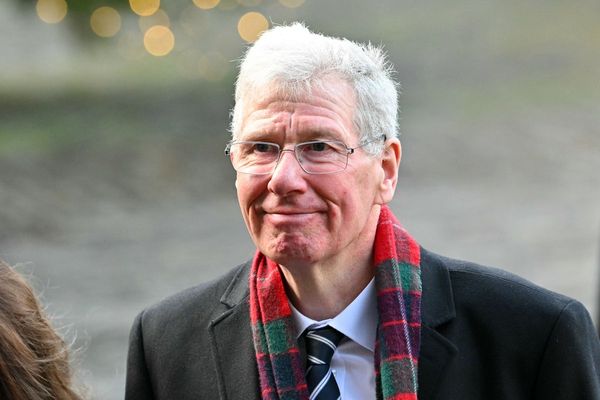
A mind-bowing hack in the early stages of photosynthesis, which could provide the key to generating renewable energy has been discovered by scientists.
An international team of researchers studied the earliest stages of the natural process at an ultrafast timescale and found a new “electron pathway” transfer.
The study found chemicals that can extract electrons from molecular structures responsible for photosynthesis do so during these initial stages – rather than much later as previously thought.
The study’s authors believe this “rewiring” of photosynthesis – which powers the majority of life on Earth – could create new and more efficient ways of harnessing the process’s power.
The research team, comprised of scientists from across the globe, first set out to understand why a ring-shaped molecule called a “quinone” is able to ‘steal’ electrons from photosynthesis.
Photosynthesis is the process by which plants, algae and some bacteria convert sunlight into energy.
Quinones, which are common in nature, are able to easily accept and give away electrons.
Using a technique called ultrafast spectroscopy, the study team observed how quinones behave in photosynthetic cyanobacteria – bacteria that obtain energy via photosynthesis.
Using ultrafast spectroscopy – which allowed them to observe the process at an incredibly fast timescale of a millionth of a second – the researchers found that the protein scaffold where the initial chemical reactions of photosynthesis take place is ‘leaky’ – enabling some electrons to escape.
This leakiness could help plants protect themselves from damage from bright or rapidly changing light.

The researchers say that being able to extract charges at an earlier point in photosynthesis could come in handy when manipulating the photosynthetic pathways to create clean, renewable fuel from the sun.
The team also believes the ability to regulate photosynthesis could also enable crops to become more tolerant to intense bouts of sunlight.
Dr. Jenny Zhang, from Cambridge’s Yusuf Hamied Department of Chemistry, says the “mind-blowing” results showed that despite being one of the most intensely studied processes on Earth, photosynthesis still has some secrets left in store for us.
Zhang said: “We didn’t know as much about photosynthesis as we thought we did, and the new electron transfer pathway we found here is completely surprising.
“No one had properly studied how this molecule interplays with photosynthetic machinery at such an early point of photosynthesis: we thought we were just using a new technique to confirm what we already knew.
“Instead, we found a whole new pathway and opened the black box of photosynthesis a bit further.
“Many scientists have tried to extract electrons from an earlier point in photosynthesis but said it wasn’t possible because the energy is so buried in the protein scaffold.
“The fact that we can steal them at an earlier process is mind-blowing.
“At first, we thought we’d made a mistake: it took a while for us to convince ourselves that we’d done it.”
Though photosynthesis is a wholly natural process, scientists have been studying ways in which we can harness the process to address the climate crisis.
For example, scientists have been looking for ways to mimic processes to generate clean fuels from sunlight and water.
“The physics of photosynthesis is seriously impressive,” explains the study’s co-first author Tomi Baikie, from Cambridge’s Cavendish Laboratory.
“Normally, we work on highly ordered materials, but observing charge transport through cells opens up remarkable opportunities for new discoveries on how nature operates.”
Dr. Laura Wey, now based at the University of Turku in Finland, added: “Since the electrons from photosynthesis are dispersed through the whole system, University of Turku in Finland, added: “Since the electrons from photosynthesis are dispersed through the whole system, that means we can access them.
“The fact that we didn’t know this pathway existed is exciting because we could be able to harness it to extract more energy for renewables.”
The use of ultrafast spectroscopy proved key to the discovery in allowing the researchers to follow the flow of energy in the living photosynthetic cells at the scale of a thousandth of a trillionth of a second.
Study co-author Professor Christopher Howe, from the Department of Biochemistry at the University of Cambridge, added: “The use of these ultrafast methods has allowed us to understand more about the early events in photosynthesis, on which life on Earth depends.”
Produced in association with SWNS Talker







